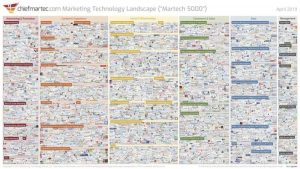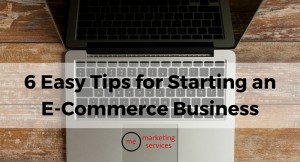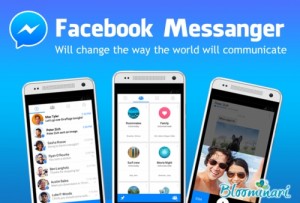— February 17, 2018

Pixabay
As we’ve discussed over the past few months, there are a lot of factors that contribute to the success (or failure) of your email marketing efforts, from visual design to how tightly your email and website work together to mobile-friendliness, among other issues.
One of the concepts we discussed but didn’t dive too deeply into is A/B testing. It bears more discussion.
There are a number of elements of your email marketing campaign that you can and should be testing. As important as the testing itself is your approach: the testing will be far more productive if you view it as an on-going process rather than a one-time undertaking that gives you all the information you’ll ever need.
The on-going approach will help you react to changes in your audience, your industry, and your own marketing needs. Depending on the size and nature of your email marketing program, you could be testing various factors all the time, with the parameters of your testing adjusted to move you away from underperforming approaches.
When do you send?
Some of the easiest testing to do is time of day and day of the week. There are all sorts of studies showing that certain days and times perform better, but those are generally very broad studies and may not apply to your audience. When in doubt, later in the week and later in the day seem to perform better in our experience, but you’ll only know for sure if you test:
How often do you send?
Daily, weekly, monthly, quarterly. This can be a tougher test because you wind up playing with your audience’s expectations. For that reason, I would recommend this not be a parameter you test constantly.
How much do you send?
Long-form vs. bite-size chunks. You may find that one produces more engagement and better results for you, and you may find that one is simply dismissed more frequently. Test – with the same article title, subject line, etc. – to see whether your audience really wants to dig in or if they’re more oriented toward factoids and quick hits.
All in or linked back?
The length question will also impact your approach to how your email and website relate. You can either publish entire articles in an email (typically just one per mailing) or include teaser text for a handful of longer articles that link back to the full text on your website.
Who loves you most?
Finally, test your content against audience segments, whether those segments are broken down by industry, prospect role, or even the service they’ve expressed an interest in. You may find that certain kinds of content perform well with one segment and poorly with another. That’s a valuable marketing insight you wouldn’t get without A/B testing.
Digital & Social Articles on Business 2 Community
(41)








